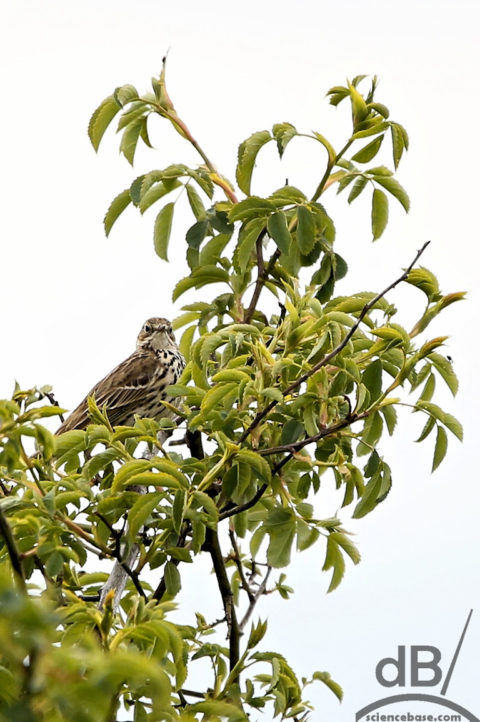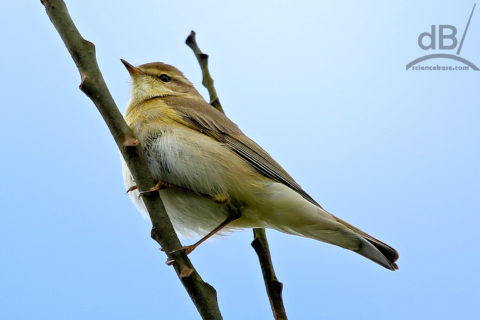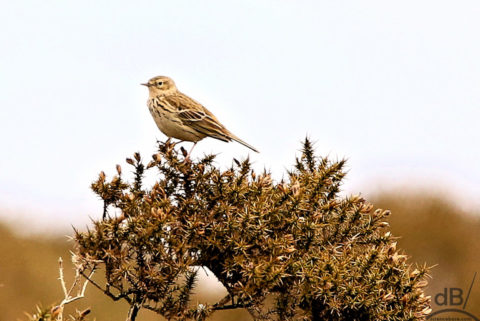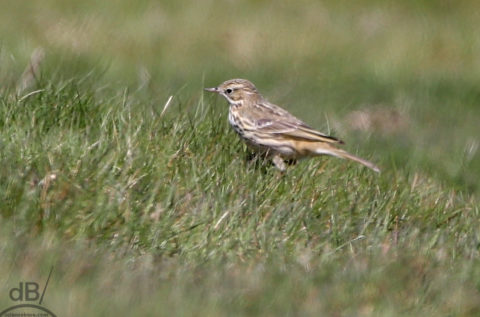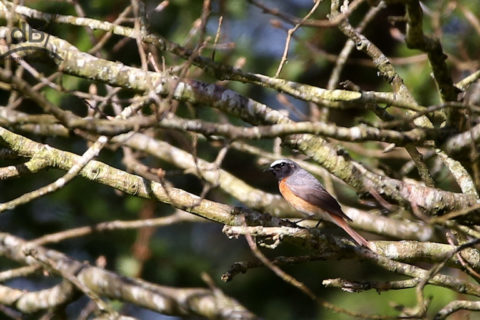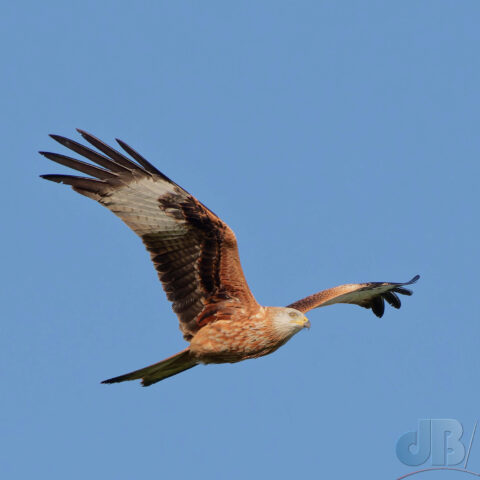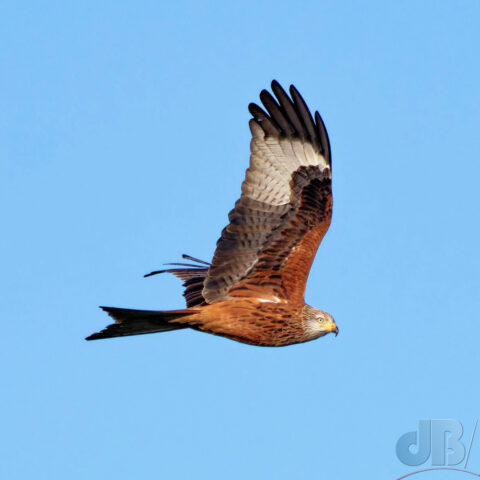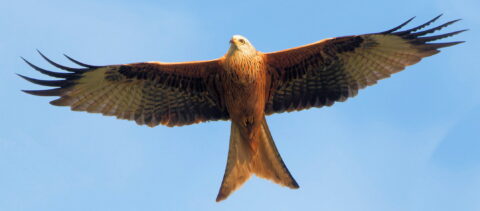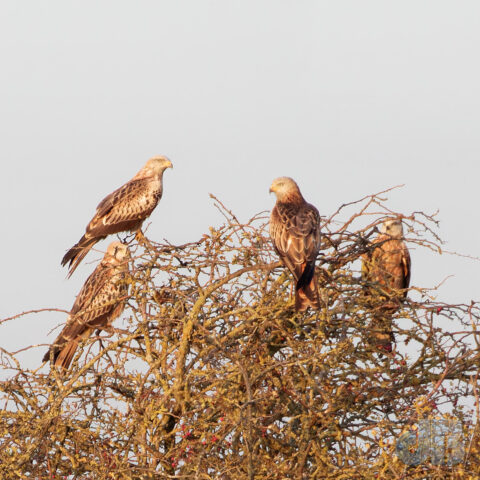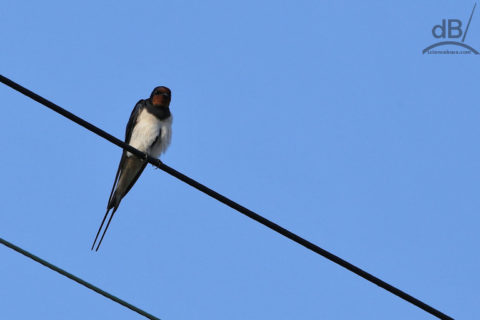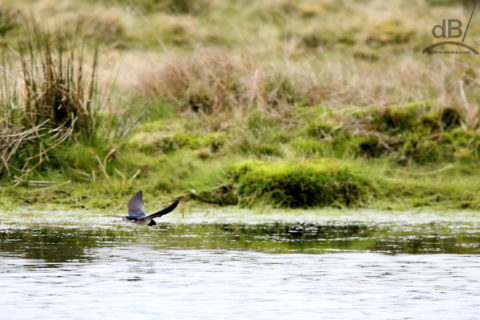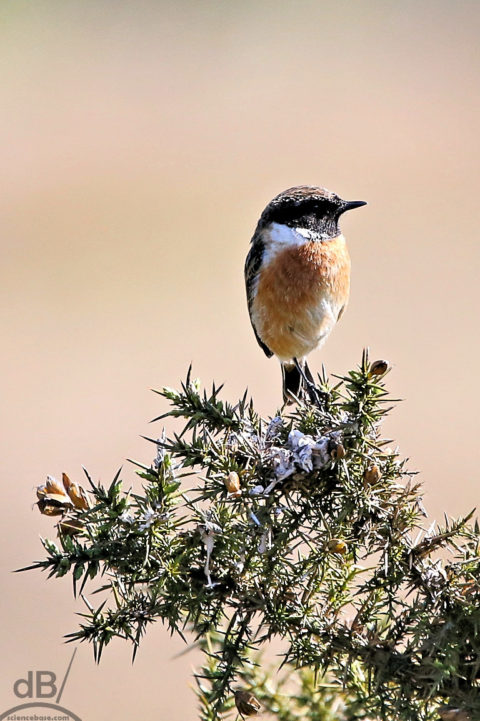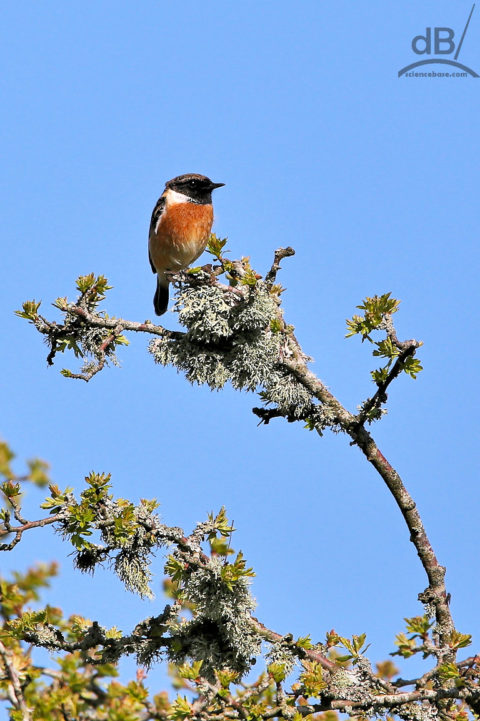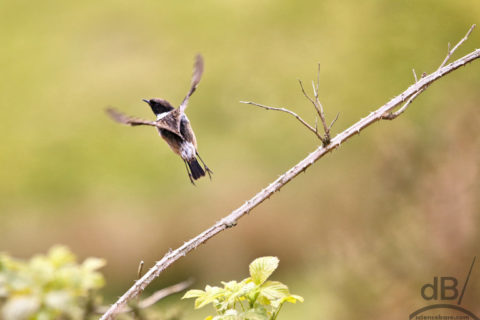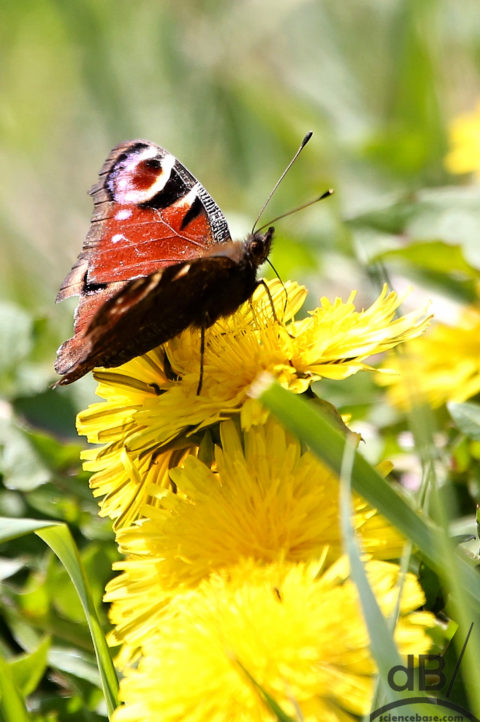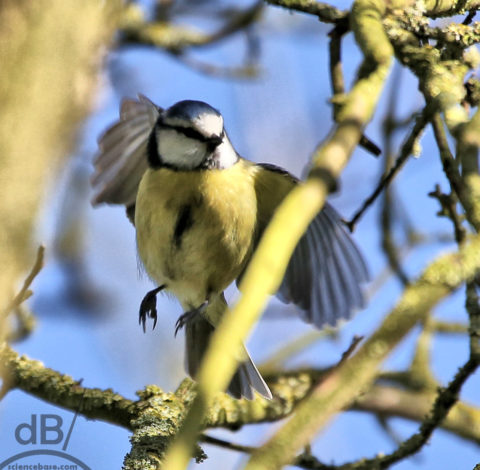It’s a common enough bird, the pied wagtail (Motacilla alba yarrellii), you can spot its characteristic bobbing tail almost anywhere in the UK at almost any time of year, although they tend to leave northern Scotland in the depths of winter. We took a stroll around the outskirts of the grounds of Ickworth House in Suffolk, this fellow was anything but shy sitting on fence posts about 20 feet from us and our dog and only flitting to the next one if we made a sudden move. I positioned myself on one post two away from the bird, using the post to support and steady the camera.
With a fast shutter, short depth of field, focusing on his eye. Everything else out of that plane pretty much blurred, the background becomes homegeneous, but what happened to the galvanised steel wires of the fence in the shot is nice. With everything closer than his eye and everything further away out of focus, the wires look almost like plucked strings or perhaps soundwaves. I snapped him half a dozen times but he cocked his head towards us, almost in defiance as the dog stepped forward before flying off.
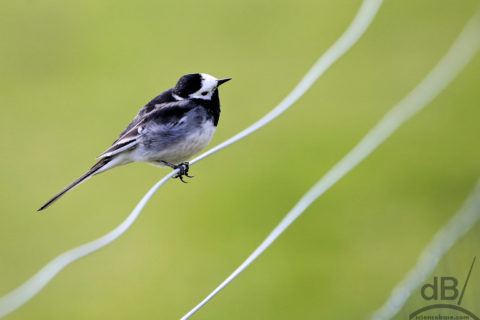
Needless to say the pied wagtail is also now in my burgeoning gallery of British birds. For those looking at this bird and thinking…pied wagtail? Surely that’s a white wagtail. Well, this is a slightly darker subspecies found in Britain as opposed to the more widespread (Europe, Asia, Africa, even Alaska) Motacilla alba. The etymology of “pied” meaning to have black and white garb comes from the pyed freres monks who wore black and white clothing, hence magpie, The Pied Piper, piebald horses, pied tamarin etc.
